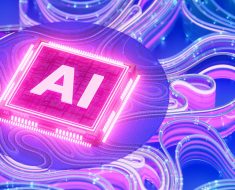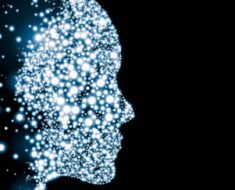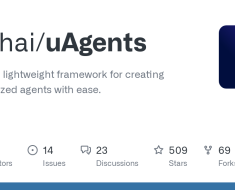Artificial General Intelligence or AGI is applied to such types of artificial intelligence that possess the capabilities to understand, learn, and apply knowledge across a wide range of tasks, in a similar way as done by human beings. Opposed to the current AI systems that are specialized to work on a specific task — language translation or image recognition — AGI would be able to solve problems generally and be capable of adaptive learning.
Topical Areas and Problems in AGI
- Mimic and replicate human intelligence:
Cognitive Architecture: A central pursuit of AGI science is the construction of computational architectures for general intelligence, inspired by the functioning of the human brain.
Learning Process: We learn from a wide range of situations and environments, so it’s important for algorithms to have the same capacity to learn. Us humans have the ability to learn and make sense of things based on our own experiences.
2. Safety and Ethics:
Alignment Problem: One big challenge is figuring out how to make sure that AGI shares our values and acts in an ethical way. Our aim is to dodge any bad acts not meant, so it’s key to match what AGI aims to do and does with what people think is right and good.
Control Issue: Finding the correct methods to make sure we can keep control over AGI at all times, and stop any wrong or risky acts by AGI.
3. Bigger scale:
Computing power: We might need huge computing power to get to AGI. Rapid and continuous advancements in both software and hardware (such as quantum computers) are necessary.
Route to Super-Intelligence
Super-intelligence is used to denote intelligence far beyond the best human beings in all domains, including scientific ingenuity, common sense, and social competence. And there are several possible routes to super-intelligence.
Self-Modification:
An Artificial General Intelligence could engineer its own algorithmic and functional improvements, triggering an “intelligence explosion” or “singularity.” This is the scenario most people think about when they consider the possibility of creating AGI.
Combination with human intelligence:
Brain-Computer Interfaces (BCIs): A new kind of technology will create bidirectional interaction between the brain and external devices, and have the ability to supplement or boost human cognitive functions, effectively combining human and artificial intelligence.
Neural Enhancement:
It seems likely that neuroscience and related fields will eventually allow us to enhance aspects of human cognition through direct modification of the brain.
Collective Intelligence:
AI systems, possibly networked, acting over global distances and times can be regarded as a form of collective intelligence. Due to the fact that the networked AI’s policies are likely to be much more diverse and un-homogeneous than those within a single, isolated AI. A collection of intelligent agents, each with its own goals and motivations, can lead to behavior that is far more complex than anything a single agent might exhibit. Thus, collective intelligence may allow a group of distributed AI systems to outperform even the largest and most advanced of their counterparts.
Join the AI Wave!
![[2401.08273] Large Language Models are Null-Shot Learners [2401.08273] Large Language Models are Null-Shot Learners](https://aigumbo.com/wp-content/uploads/2023/12/arxiv-logo-fb-235x190.png)




